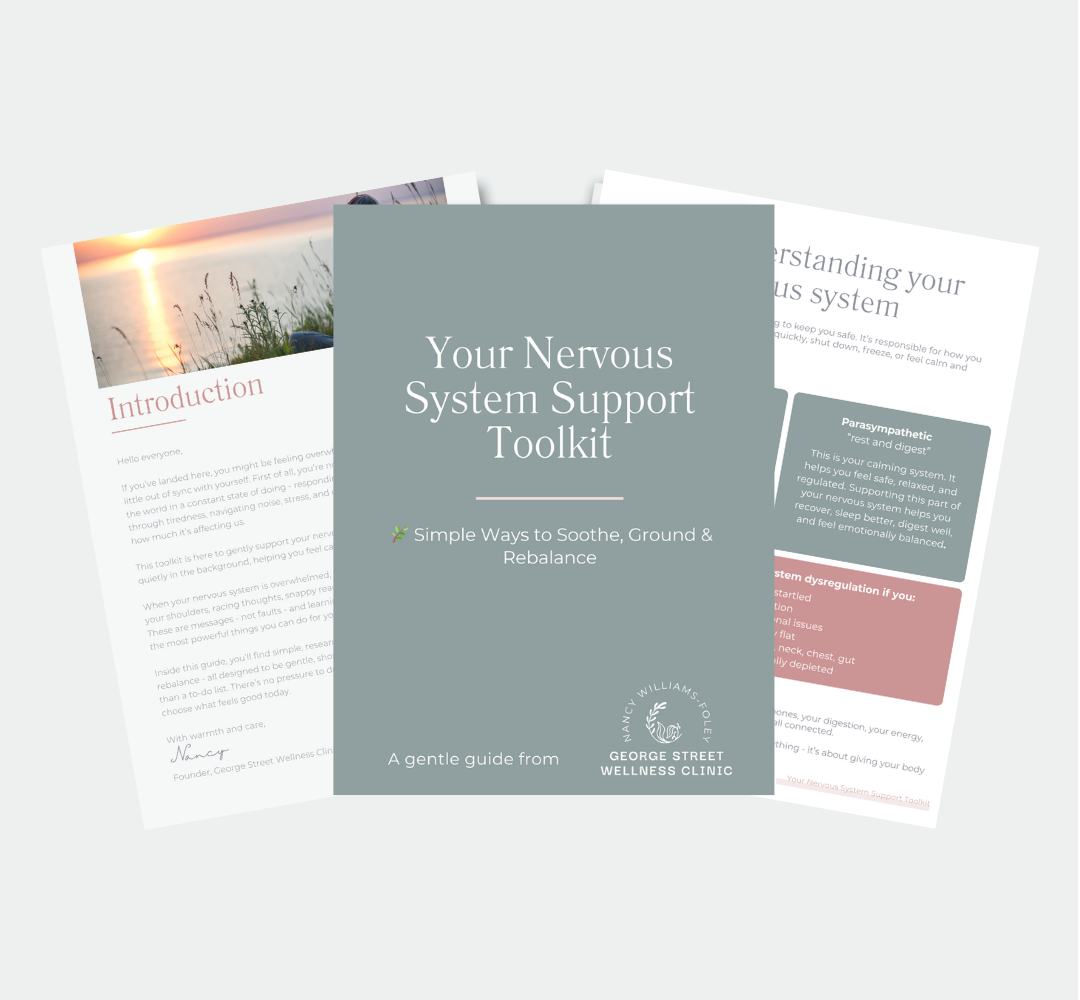Healing Isn’t Linear: Why Progress Sometimes Looks Like a Zigzag
We all wish healing moved in a straight line - that pain would ease step by step, anxiety would fade predictably, and confidence would grow without setback.
But anyone who’s ever tried to heal - physically or emotionally - knows that progress rarely feels neat or simple.
In reality, true healing often looks like a spiral. You circle back to old layers, but each time you meet them with a little more awareness, strength, and compassion than before.
Whether I’m working with acupuncture or therapy clients, I often notice a familiar pattern: by the third or fourth session, there’s a moment of doubt. Things start shifting - but not always in the way people expect. The body and mind aren’t just relaxing; they’re reorganising.
And that can feel uncomfortable before it feels better.
When the Body Starts to Wake Up
A woman came to me recently with pain running down her right arm - constant, draining, and frightening. Her doctor had mentioned cervical nerve impingement, and despite rest, painkillers, and heat packs, nothing was changing.
After her first acupuncture session, she felt a small release. After the second, the pain flared sharply for two days before easing again. Understandably, she was confused: “Why would it get worse if it’s helping?”
This is a moment I see often - when the body begins to thaw.
Acupuncture encourages circulation, releases tension, and helps the nervous system come out of a long-held protective state. When that happens, sensations that have been numbed, held, or buried begin to move again. It can feel like a step backwards, but it’s actually a sign that the healing response has switched back on.
I explained it to her like this:
“When the body’s been protecting an area for a long time, it holds tight to keep you safe. Acupuncture helps that guard to soften - but as it does, things start moving again. It’s not a setback. It’s your body waking up.”
By her third session, the pain still came and went, but she was sleeping better and feeling calmer.
Those are the early signs of regulation, not failure.
In Therapy, the Same Pattern Appears
This same rhythm shows up in emotional healing, too.
In the first few therapy sessions, people often feel lighter - more hopeful, more connected. Then suddenly, a wave of sadness, anger, or doubt appears.
“I thought I was getting better. Why do I feel worse again?”
Because deep work stirs what’s been hidden.
When your nervous system finally feels safe enough to let go, old memories, emotions, or sensations that were held tightly in the body can surface. This isn’t regression; it’s integration.
In both therapy and acupuncture, the same thing is happening - your system is rebalancing between protection and openness.
The Three Phases of Change
I often describe healing as moving through three overlapping phases:
Relief & Response
The body or mind feels the first signs of change - lighter sleep, less tension, clearer thinking. It’s encouraging, but fragile.
Regulation & Rebalancing
The “up and down” phase. The nervous system is learning safety again, and old sensations or emotions may reappear. This is often where people think they’re slipping back, when really they’re stabilising.
Recovery & Maintenance
Improvements begin to hold for longer. Confidence grows, and you start trusting your resilience instead of fearing relapse.
Knowing which phase you’re in can turn frustration into understanding - and help you stay steady through the process.
A Gentle Reframe for the Mind
Healing isn’t about achieving perfection; it’s about learning how to adapt.
Just because pain or anxiety returns doesn’t mean you’ve lost progress. It often means the changes are settling into deeper layers of your system.
In therapy, this is called integration.
In acupuncture, it’s known as harmonising Qi - helping your body’s energy flow freely again after long periods of tension or stagnation.
Different language, same process: the body and mind rebuilding trust, step by step.
A Story of Steady Change
One man I worked with described his anxiety as “a knot in my chest that never loosens.”
After several sessions combining gentle tapping and acupuncture, he noticed that the knot still appeared - but not as often, and not as tightly.
He said, “I’m not free from it yet, but I can see that it passes now. That’s new.”
That awareness is healing. It’s the nervous system remembering that it doesn’t have to stay stuck in protection forever.
These are the quiet markers of progress: the moments when you notice your body softening, your mind responding differently, or your emotions moving through you rather than controlling you.
How to Stay Grounded When You Want Quick Fixes
When healing feels unpredictable, it’s easy to wonder whether anything’s really working. But consistency and compassion are often the most powerful medicine of all.
Here are a few ways to stay grounded when progress feels slow:
- Notice the micro-wins. Even small changes - like 5% better sleep or less tension - mean your system is recalibrating.
- Track what helps you regulate. Maybe it’s warmth, breathwork, gentle movement, or simply naming what you feel.
- Remember the pattern. Relief → Rebalancing → Recovery. Every wave still moves you forward overall.
- Ask for support early. When pain or overwhelm resurfaces, that’s often the time your body needs the most reassurance.
Healing doesn’t demand perfection - just presence.
The Bigger Picture
Whether you’re working through physical pain, emotional stress, or nervous system imbalance, healing takes time because your body is intelligent. It’s been protecting you.
When we use therapies like acupuncture, counselling, or EFT, we’re not forcing change - we’re inviting the system to trust again. That takes patience, repetition, and care.
Progress doesn’t always look peaceful, but it’s still progress.
A Gentle Reminder
If you’re in a stage where things feel like one step forward and two steps back, you’re not starting over - you’re moving deeper.
Each cycle brings more understanding, more steadiness, and more capacity to hold what used to feel too much.
Healing isn’t linear. It’s rhythmic, responsive, and wise - and your body knows the way.
Ready to Begin
If you’re working through pain, anxiety, or a sense of emotional overwhelm, acupuncture or therapy can help you reconnect with your body’s natural rhythm of healing.
You can book a session or get in touch to talk about what kind of support might suit you best.












